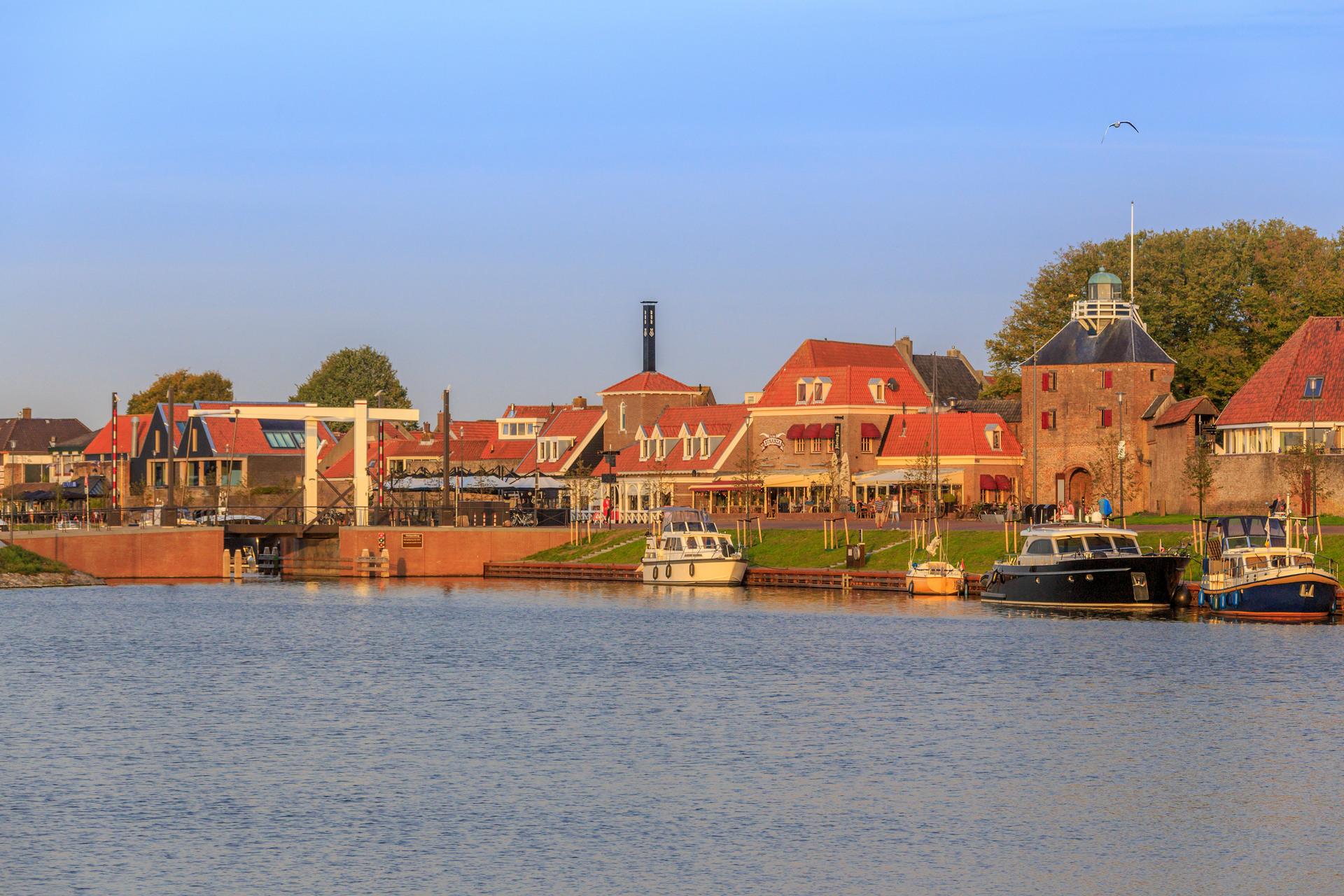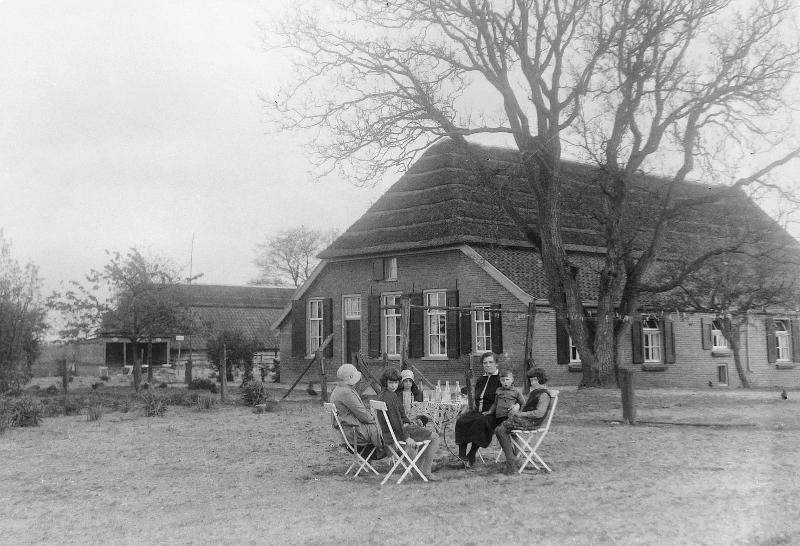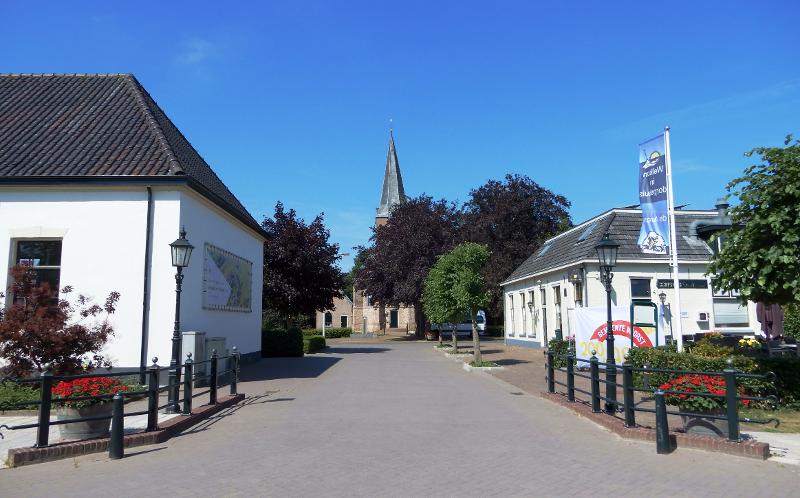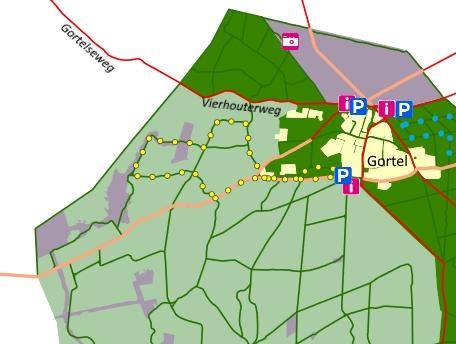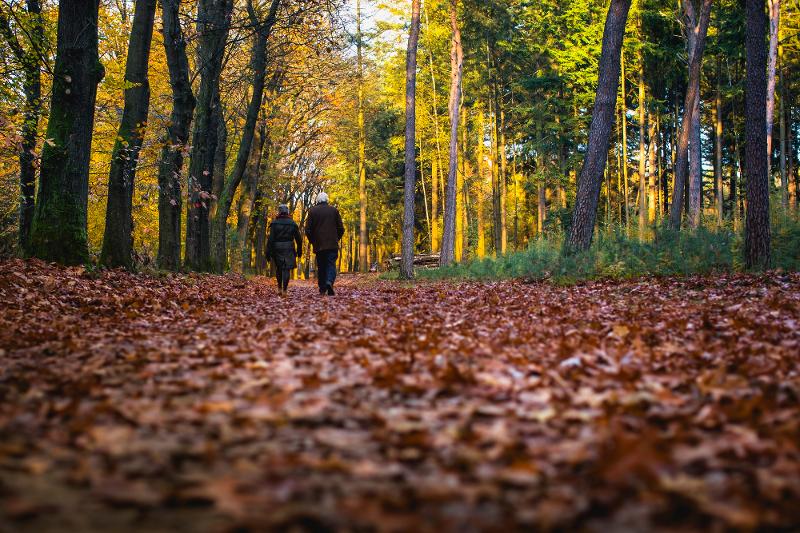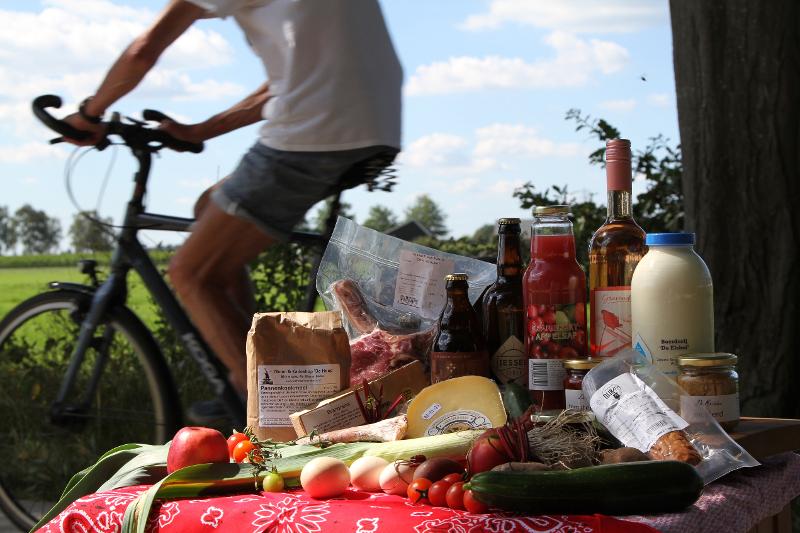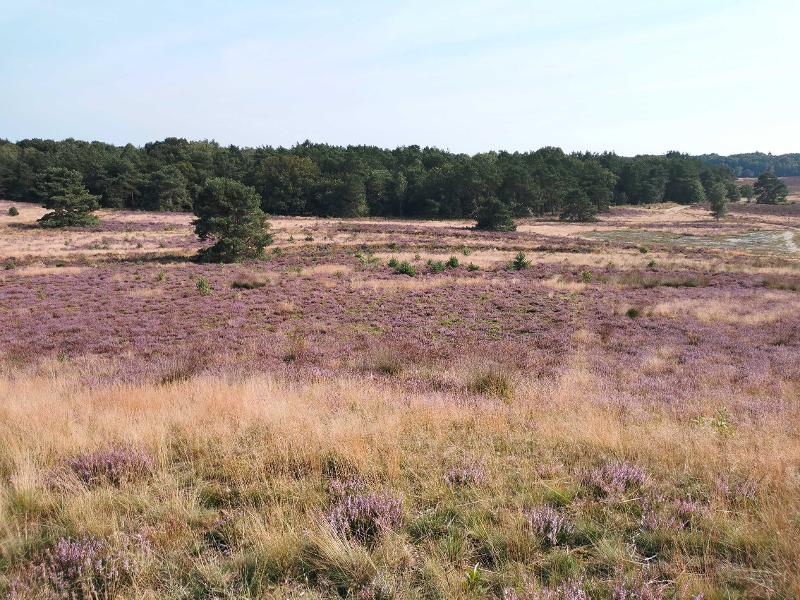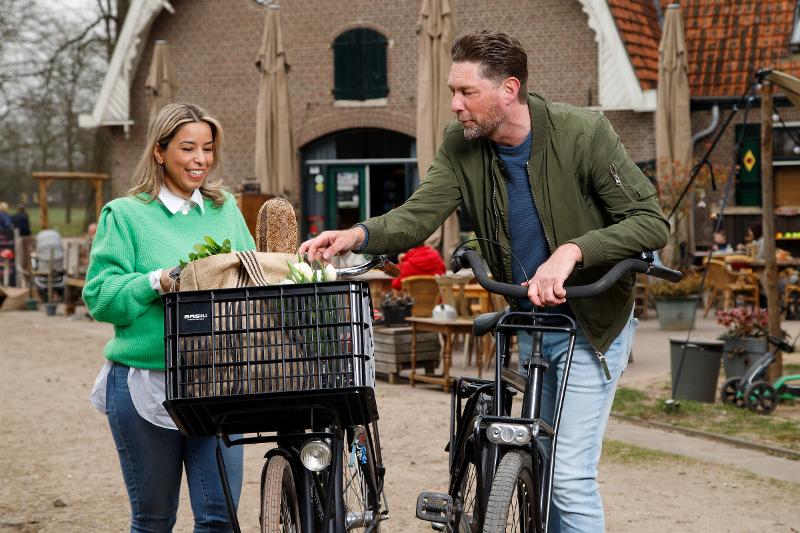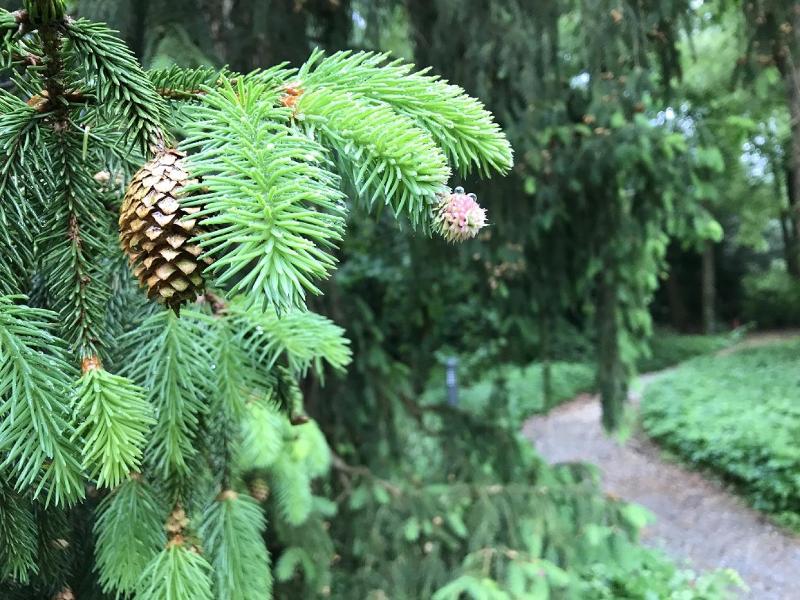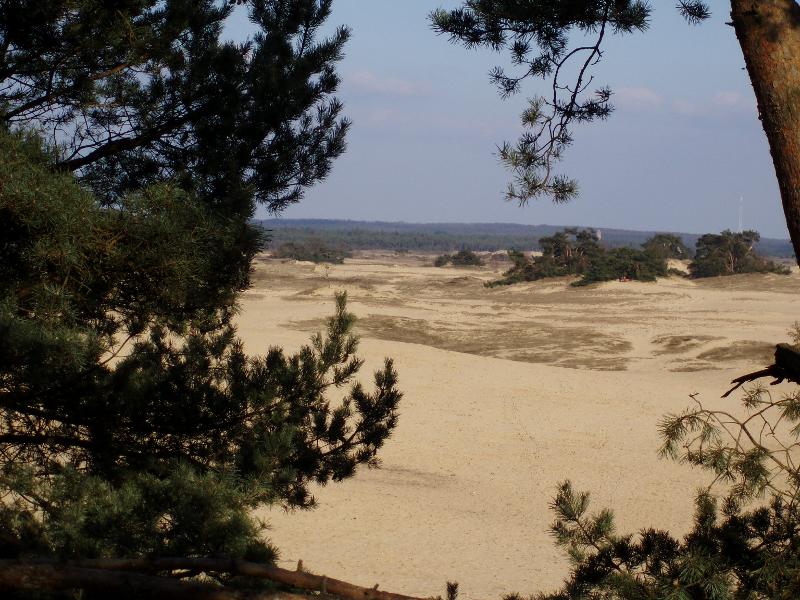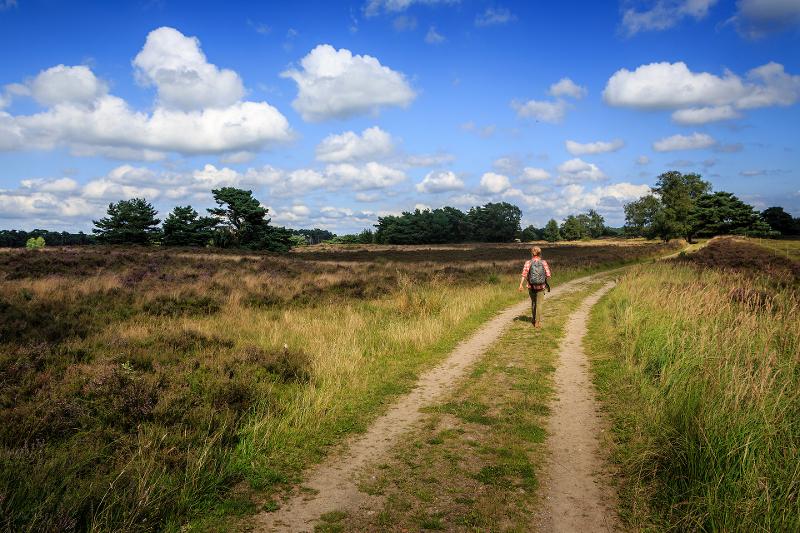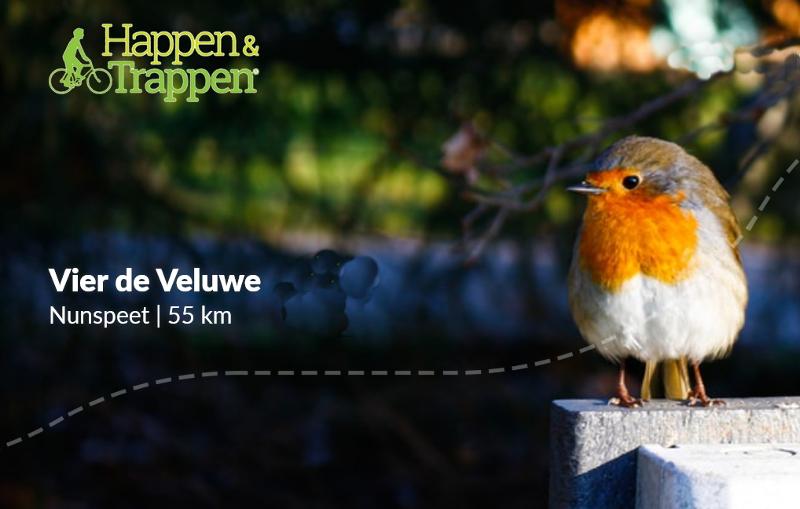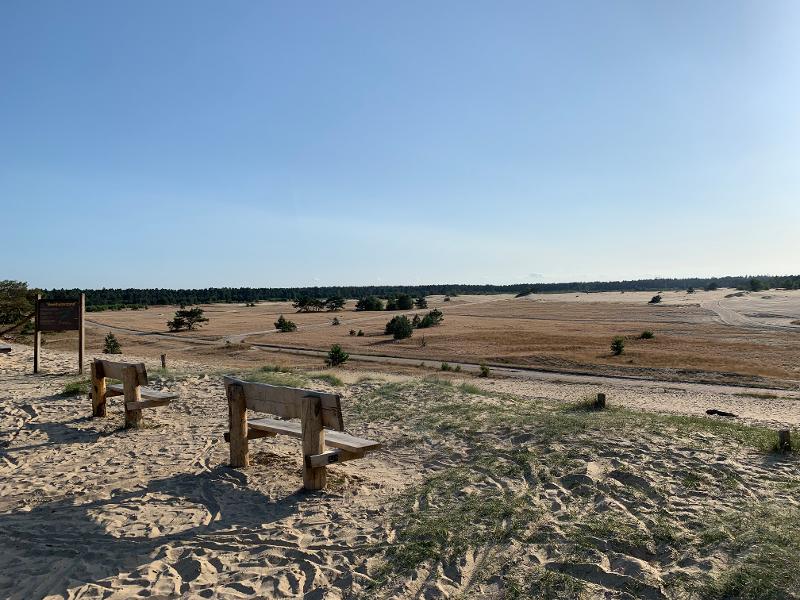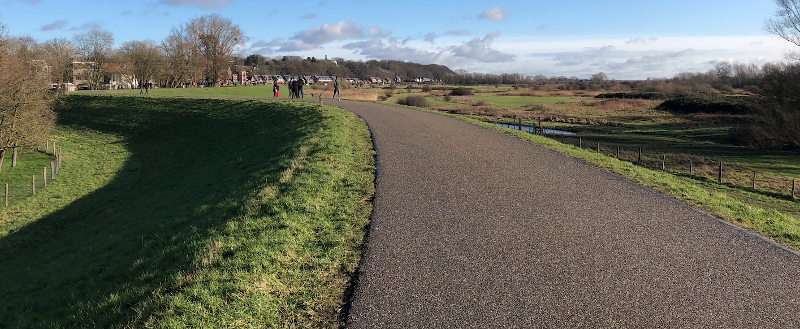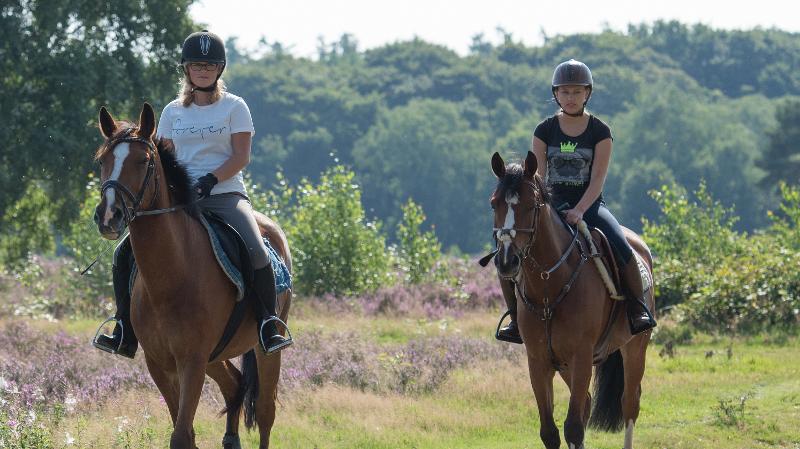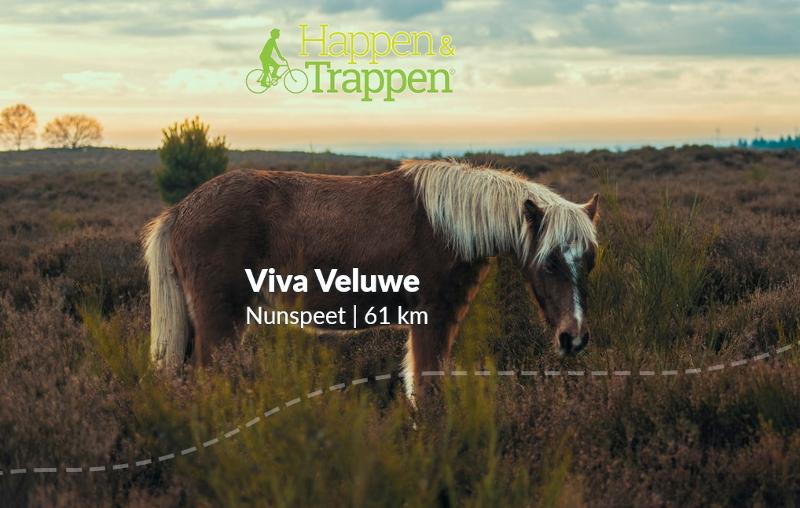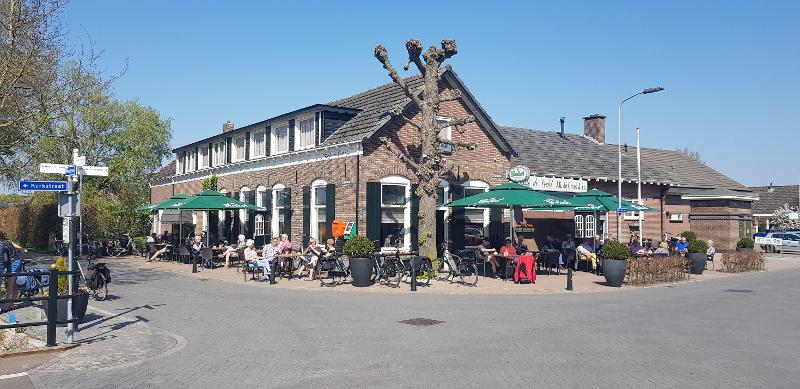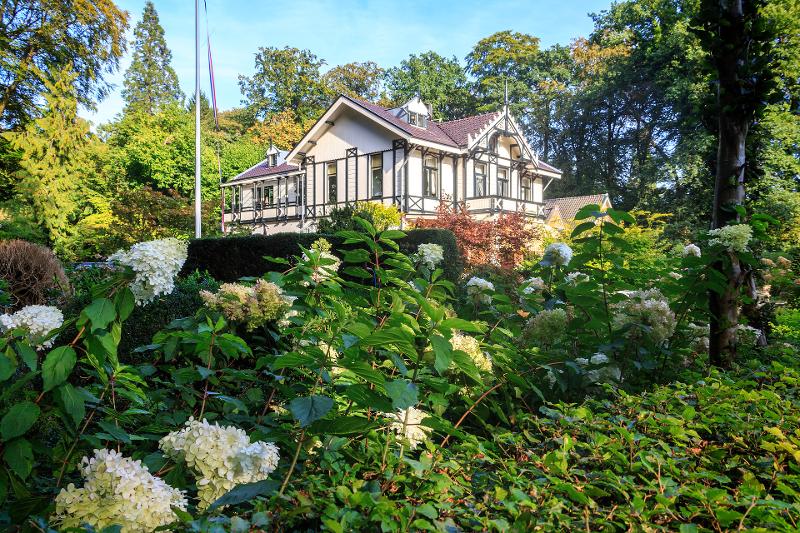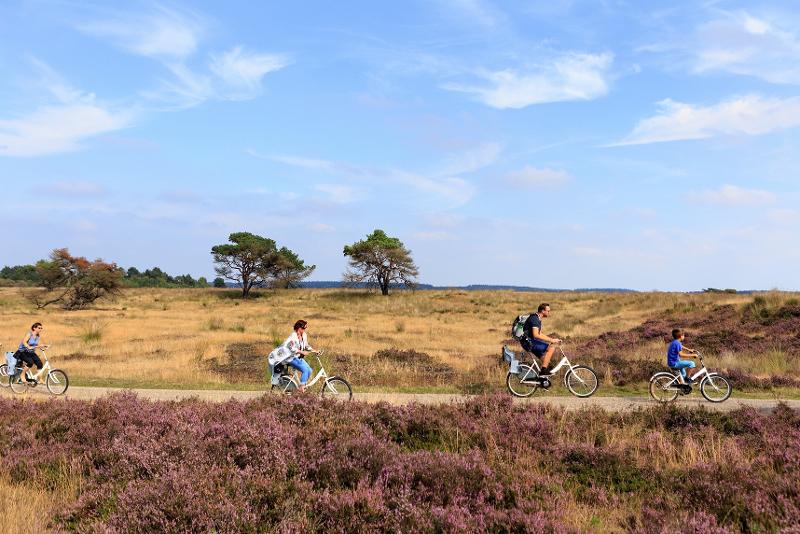The area around the former Zuiderzee is a good example of how we deal with water in the Netherlands. The best way to find out is – of course! – by bike. Get on your bike and discover this special route!
Netherlands Polderland
The Netherlands is known for its expertise in the field of water management. That has to be the case, because a large part of the country would be under water if we did not manage that water so well. Nowhere in the world are there as many polders as in the Netherlands (approximately 4,000). By using dikes, locks and pumping stations, we pump all the excess water from under our feet and we can live on the fertile clay soil.
LF Zuiderzee Route
The area around the former Zuiderzee is a good example of how we deal with water in the Netherlands. The best way to find out is – of course! – by bike. During this ’round of the IJsselmeer’ you will encounter many historical elements that still show the impact of water management on the land. From the impressive Zuiderzee Works to the picturesque fishing villages of yesteryear.
A long history
If you look at old maps of the Zuiderzee area, you can hardly imagine how much has changed in the past two thousand years. In the time of the Romans you could still walk overland from North Holland to Friesland. Due to major floods, this country, together with Lake Flevo, was occupied by the sea at the end of the thirteenth century. This is how the Zuiderzee was created.
Rough sea
The Zuiderzee was a rough sea. During storms the water could only flow in one direction, namely inland. Dikes were constructed, but due to the long coastline, maintenance was far too expensive. After centuries of struggling, the solution was built in 1932: the Afsluitdijk as part of the Zuiderzee Works. The Zuiderzee turned into the IJsselmeer. The salt water became fresh again.
The Golden Circle
How special it is to cycle in this area! Not only will you cycle over large areas of reclaimed land and hydraulic engineering works, but you will also get to know what is called the Golden Circle: a chain of fishing villages, VOC and Hanseatic cities, fortified towns, defense lines, museums, churches and castles. You can taste the rich history around the IJsselmeer.
Extensive views
From Amsterdam you will pass beautiful, traditional villages such as Monnickendam, Volendam and Edam towards the 32 kilometer long Afsluitdijk. The extensive views over the water take you to Friesland, where you cycle past dikes, vast polder landscapes and farms with thatched roofs to the former island of Schokland with all its archaeological treasures. Then you continue to the medieval Hanseatic city of Kampen, where the IJssel flows into the IJsselmeer. Further on you will take another piece of Flevoland, the new country. Back on the mainland, gems such as Spakenburg and, further afield, Naarden await. You cycle attractive kilometers through vast grasslands with endless cloudy skies above. The Gooimeer turns into the IJmeer and then the impressive Muiderslot appears in the field of view. Then it is not far to Amsterdam. Your historic journey along the Zuiderzee has literally come full circle.
Practical information
The LF Zuiderzee Route is 440 kilometers long and is signposted in both directions. You can start at any point on the route and cycle the circuit either clockwise or counterclockwise. The Zuiderzee Museum in Enkhuizen is recommended if you want to know more about the area. Work on the Afsluitdijk will continue until 2022 and the cycle path will be closed. Free bicycle buses run from Den Oever to the other side.
- Category:
- Cycling
- Cycling route
